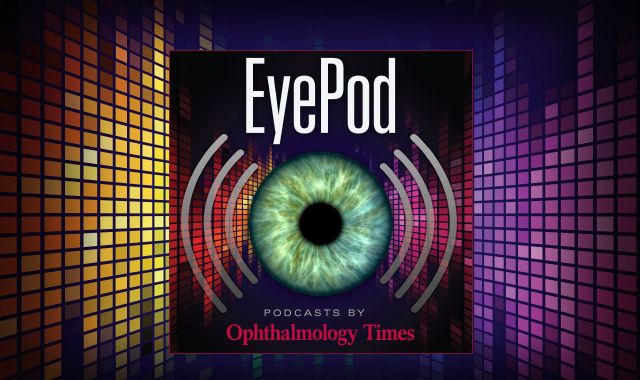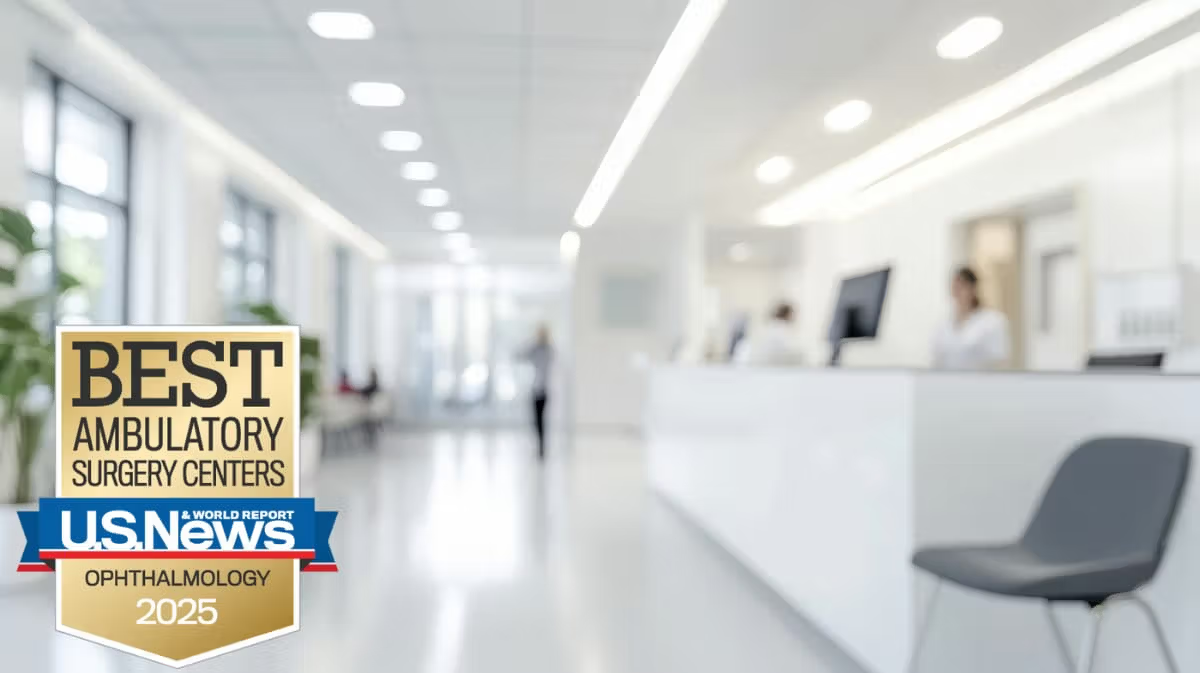Article
FDA approves B + L toric posterior chamber IOL
The FDA has approved Bausch + Lomb’s Trulign lens, a toric posterior chamber IOL that corrects for astigmatism and has the capacity to deliver improved vision across a natural range of focus.
Aliso Viejo, CA-The FDA has approved Bausch + Lomb’s Trulign lens, a toric posterior chamber IOL that corrects for astigmatism and has the capacity to deliver improved vision across a natural range of focus.
The lens is approved for primary implantation in the capsular bag of the eye for the visual correction of aphakia and postoperative refractive astigmatism secondary to removal of a cataract in adult patients with or without presbyopia. The lens is designed for patients who desire reduction of residual refractive cylinder with increased spectacle independence and improved uncorrected near, intermediate, and distance vision.
“I'm very excited about the Trulign Toric IOL, because it is the first product that addresses two important unmet clinical needs of cataract patients in a single procedure,” said Jay Pepose, MD, medical monitor of the FDA clinical trial and of the Pepose Vision Institute, St. Louis. “One of which is offsetting substantial pre-existing corneal astigmatism, which impacts over one in three patients. The other is the desire that patients express to have excellent uncorrected distance and intermediate vision with improved near vision.”
Calvin Roberts, MD, executive vice president and chief medical officer for B + L, said the toric IOL represents a significant step forward in IOL technology, providing predictable astigmatism correction combined with improved visual acuity for an active lifestyle.
“Through its unique haptic design, this premium lens offers superior rotational stability, which is critical for astigmatism correction,” Dr. Roberts added. “In addition, the Trulign Toric IOL optic is designed to minimize dysphotopsia and potential impact from low-contrast conditions.”
In the FDA clinical trial, the toric IOL demonstrated improved uncorrected near, intermediate, and distance vision. The unique haptic design provided superior rotational stability, with 96.1% of the lenses rotating less than 5° from the day of surgery to 4 to 6 months postoperatively.
For more articles in this issue of Ophthalmology Times eReport, click here.
Newsletter
Don’t miss out—get Ophthalmology Times updates on the latest clinical advancements and expert interviews, straight to your inbox.





